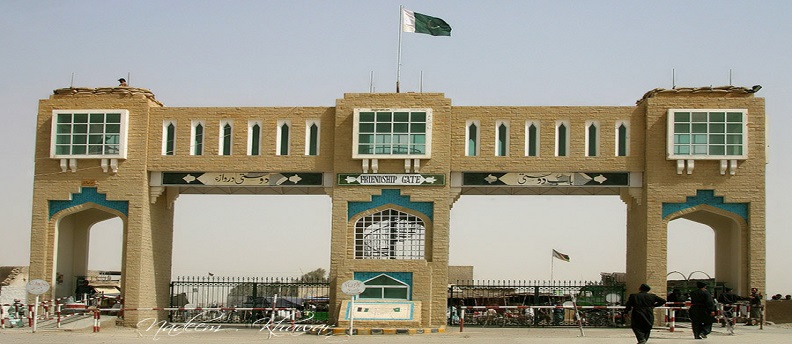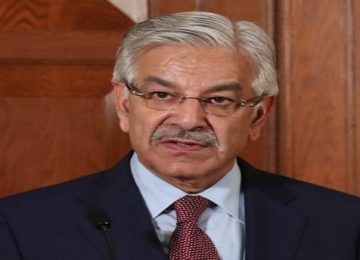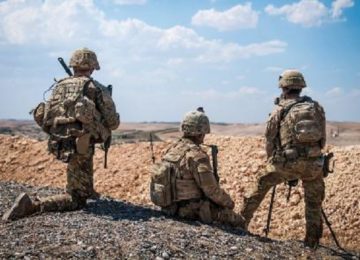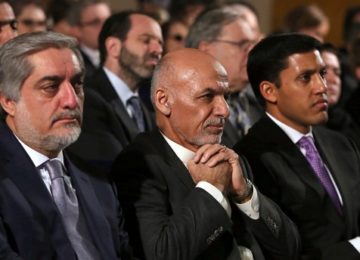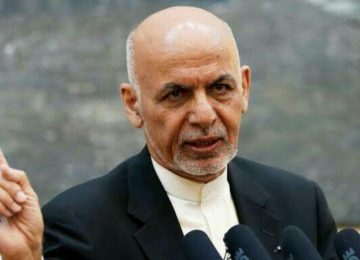The author Dr. Huma Baqai is a distinguished member of CRSS Pakistan-Afghanistan Track 1.5/II Initiative Beyond Boundaries.
Pakistan has reopened Bab-i-Dosti also called the Friendship Gate at Chaman on humanitarian grounds in Ramazan, after 22 days of closure on the request of Afghan authorities. The border was closed on May 5 after Afghan forces martyred 11 Pakistanis, including a soldier and injured many others. The Afghan border police had shelled the villagers in the Chaman area for 10 hours. Pakistan para-military forces retaliated out of compulsion exercising requisite restraint. The Chaman border is one of the major crossing between Pakistan and Afghanistan. It links two provincial capitals of Quetta and Kandahar.
Border clashes between Pakistan and Afghanistan are quite common, however the situation in past few months has been very precarious almost war-like. On May 18, 2017, the Pakistan army said that it has satellite images that show that the Afghan border area Parchow in Nangarhar province had the presence of Tehrik-i-Taliban Pakistan. Major terrorist attacks in Pakistan have been linked to outfits flourishing in Afghanistan. Pakistan has given tangible evidence of the same to the Afghan government. At least 13 Indian spies were also among those killed in a massive US bomb blast targeting the so-called Islamic State’s regional affiliate in the Achin district of Nangarhar in Afghanistan. This is extremely unfortunate because it goes against the interest of both Pakistan and Afghanistan. The losses are both tangible and intangible. The recent opening is also hostage to any untoward incident originating in Afghanistan. Post-which Pakistan is forced to close the border yet again.
The border situation between the two countries cannot be viewed in isolation. It is a reflection of the impasse in the relationship and the deteriorating security situation inside Afghanistan. Ghani’s control of Afghanistan has fallen from 72 percent to 57 percent in 2017. Half the country is either contested or under the control of non-state actors. There is a growing power struggle between different political groups. The combination government of Ashraf Ghani and Abdullah Abdullah has failed miserably – a fact acknowledged by Afghanistan itself. The weak command control system has almost broken down. 2017 is predicted as bloody year for Afghanistan with the security situation on the ground worsening. Afghan National Security Forces are rapidly losing ground in their own country, and if it continues to accelerate at this pace, it could cause a “domino effect” by the fall of more government controlled areas of the country to the hands of Taliban and other militant groups. During the first eight months of 2016, the Afghan forces suffered 15000 death toll the highest since the 2001.
According to the Transparency International report, Afghanistan stands at 166 of 168 in its Corruption Index and an eighth of all the money that goes to Afghanistan is lost to corruption. The civilian casualties connected to the conflict were around 11,418 in 2016. A significant increase in internal displacement was also seen where 660,000 fled their homes due to fighting, the highest number recorded since the US invasion.
The Afghan army offensive against Pakistan which resulted in the closure of the border for 3 weeks originated in Kandahar. The Kandahar police chief Lieutenant General Raziq Achakzai; is a vehement adversary of Pakistan. He has also served as the National Directorate of Security NDS, during his tenure he openly supported the Baloch separatists. He is extremely critical of Pakistani military establishment. The Afghan army soldiers who participated in the Chaman attack, were from Kandahar army command led by General Raziq.
The attack from the Afghan side was foolishness. Had Pakistan not exercised restraint in its response, the damage could have been devastating. Pakistan has 620,000 active troops and 500,000 in reserved along with 80,000 para-military forces deployed around the western border. Not to mention the heavy artillery and air force as a backup. Pakistan has mobilized approximately 170,000 troops along western borders to fight terrorism, which outnumber the NATO forces combined in Afghanistan. On the other hand, the Afghan military’s number is 200,000. But only 25,000 of them can independently launch an operation without the supervision of NATO forces. Afghanistan has no air force and its army is lacking heavy equipment. The decision to attack Pakistan was adhoc with no consideration for consequences.
Pakistan is soft in its dealings with Afghanistan and exercises strategic restraint. It has given up on the paradigm of strategic depth. It is constantly dealing with strategic vulnerability emanating from Afghanistan because of Afghanistan’s accommodation of Indian interest in the region to hurt Pakistan. The international community and Afghanistan should be mindful of the fact that Pakistan will have to retaliate if faced with strategic defeat.
Blaming Pakistan for all its ills is not helping the Afghan situation. Afghanistan needs Pakistan inspite of the ill-placed arrogance displayed by it. If Afghanistan is choosing to work with Indian intelligence agencies to disrupt China Pakistan Economic Corridor, it’s not just going against Pakistan, it’s working against the interests of more than 130 nations including countries like China, Russia and Iran. China and Russia are countries trying to help Afghanistan, climb out of the conflict that has gone on for decades. But most importantly, it’s going against itself. CPEC is only one of the corridors of One Belt-One Road initiative. It has 6 others. Can Afghanistan afford to close this window of opportunity for itself by becoming a party to the Indian design in the region.



